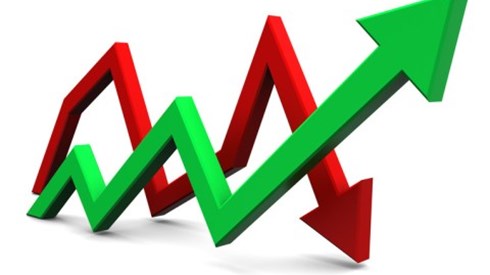Increased Economic Activity Contributes to Insurers' Underwriting Loss

February 16, 2022

Private US property-casualty insurers experienced a $5.6 billion net underwriting loss during the first 9 months of 2021, as noncatastrophe losses returned to pre-pandemic levels, according to a report by data analytics provider Verisk and the American Property Casualty Insurance Association (APCIA).
While noncatastrophic losses increased during 2021, insured catastrophe losses remained high, according to the report. In both 2020 and 2021, the estimated 9-months' net loss and loss adjustment expenses from catastrophes topped $48 billion.
Despite the underwriting loss, the US property-casualty industry saw its net income after taxes increase to $42.1 billion through the first 9 months of 2021, from $35.2 billion over the same period a year earlier. Verisk and the APCIA said the increase was driven in part by premium growth and investment gains.
Property-casualty insurers' overall profitability—measured by their annualized rate of return on average policyholders' surplus—rose to 6.0 percent in the first 3 quarters of 2021, from 5.5 percent a year earlier.
Property-casualty insurers' net income after taxes for the third quarter declined to $4.7 billion from $10.9 billion during the third quarter of 2020. The industry's operating income was $2.5 billion during the quarter, down from $7.7 billion a year earlier. The group's combined ratio deteriorated to 104.5 percent in the third quarter of 2021 from 101.3 percent in the third quarter of 2020.
"While catastrophes, including Hurricane Ida in September 2021, brought major insured losses, it was an increase in noncatastrophic losses, especially in personal auto, that contributed the most to the worsening of underwriting results in 2021," Neil Spector, president of underwriting solutions at Verisk, said in a statement. "As the economy continued to recover, insurers saw incurred losses return to more typical levels, additionally pushed up by inflation and supply chain issues."
February 16, 2022





